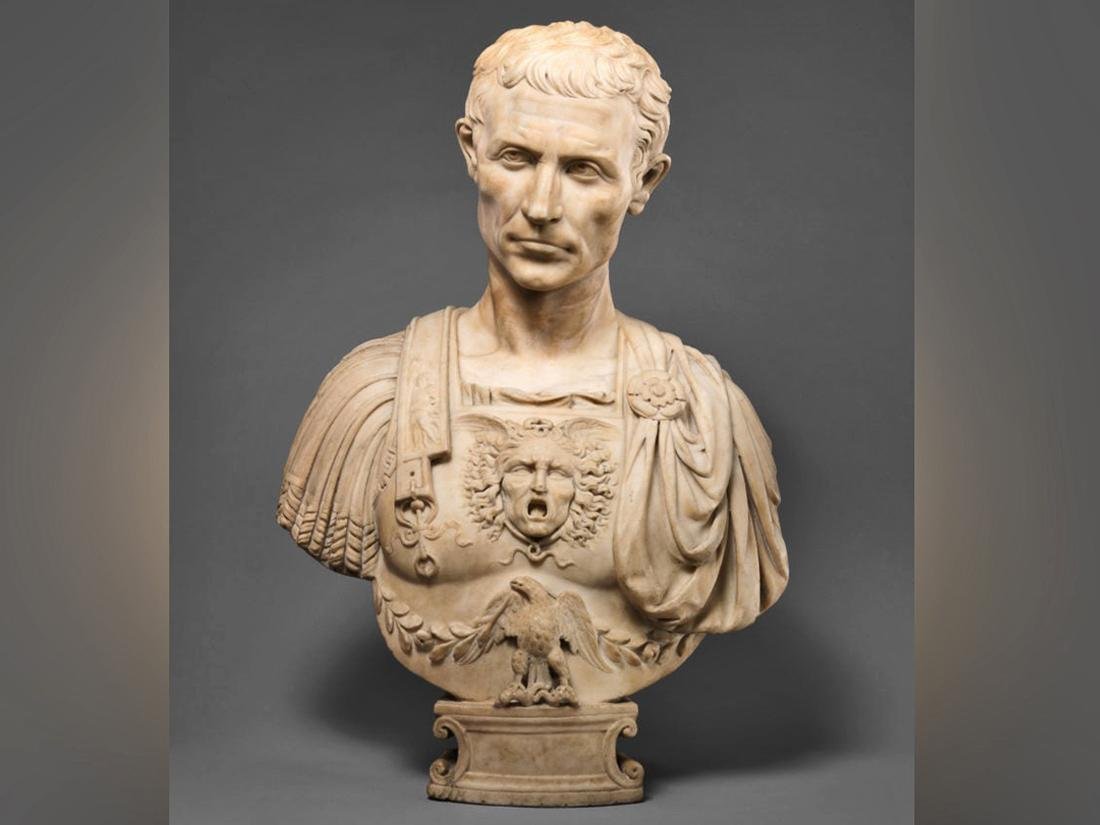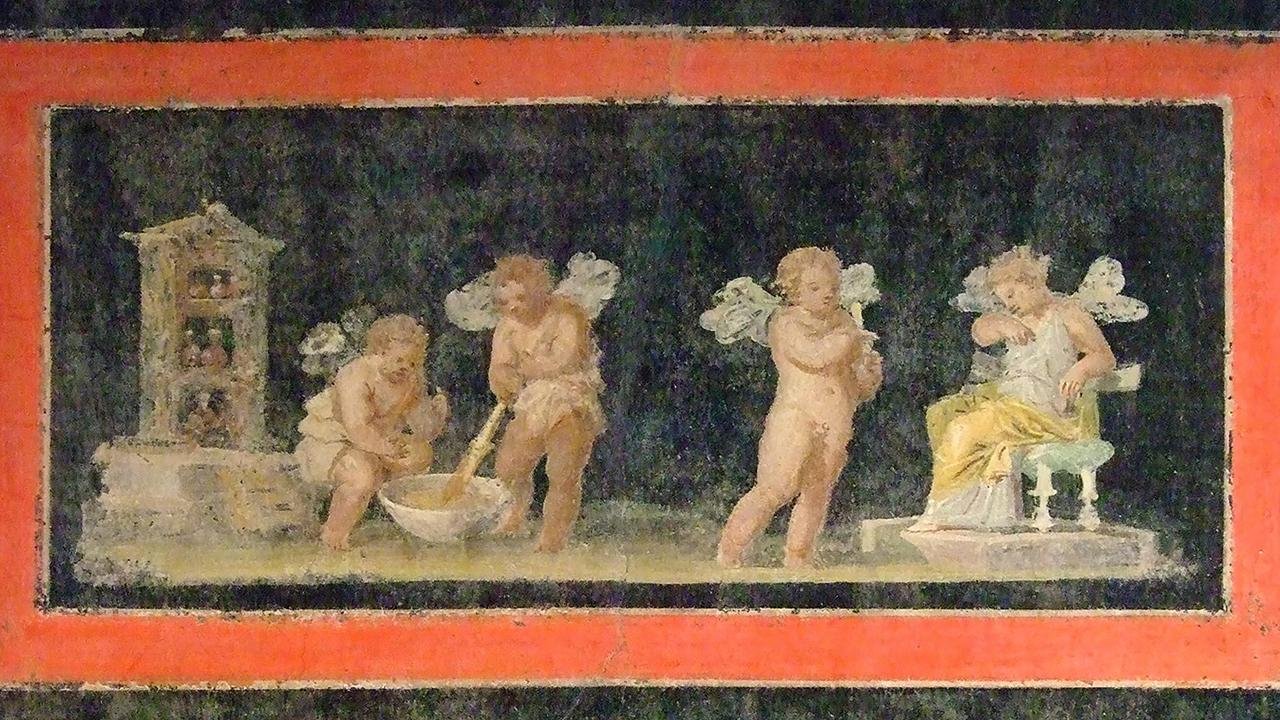The scent of ancient Rome has been brought back to life through the efforts of the Scent Culture and Tourism Association, which has recreated the “Telinum” perfume used by Julius Caesar.

This project was overseen by Associate Professor Cenker Atila from Sivas Cumhuriyet University’s Archaeology Department, with collaboration from Milanese perfumers and the expertise of renowned Perfume Designer Bihter Türkan Ergül.
The ancient perfume, known as “Telinum,” contains a blend of scents including rock rose, citrus, oud, and amber, evoking the grandeur of Caesar’s era. The project meticulously replicated the perfume’s composition based on archaeological and historical data, with scents like mint, rose, lemon, bergamot, lavender, jasmine, water lily, violet, oud cedarwood, patchouli, and amber. Additionally, the perfume features iris flowers and rock roses, which were particularly coveted and difficult to source in ancient times.
The association has announced that the perfume will be available for sale in Türkiye, France, and Italy starting in October. This launch marks a significant achievement in bringing ancient history into the modern day, allowing people to experience a part of Caesar’s life through scent.

The Romans had a deep appreciation for perfumes, which played a crucial role in their daily lives and rituals. Perfumes and cosmetics were immensely popular throughout the Mediterranean world and had substantial commercial value. High-ranking officials, generals, priests, and the wealthy often imported rare perfumes from across the globe or commissioned custom blends to distinguish themselves from the masses. Atila noted that these elite figures sought unique fragrances to reflect their status and sophistication.
In ancient Rome, alongside popular perfumes like rhodium—which combined rose oil with the sweat of gladiators—there were other beloved mixtures such as those with rose, narcissus, crocus with saffron, and metopium with bitter almonds. Rhodium, in particular, was favored for its simple yet potent composition.
Caesar’s perfume, however, stood apart. As a celebrated general and dictator, Caesar’s every move, including his choice of scent, was a subject of public fascination. The contents of his perfumes have been largely determined through ancient writings and accounts from his contemporaries. This new perfume, crafted by Ergül, encapsulates those historical elements, providing a faithful representation of what Caesar might have worn.

The Scent Culture and Tourism Association stated that perfumes in ancient Rome were not merely for aesthetic pleasure but also had ritualistic and medicinal uses. They were integral to daily life and special ceremonies, such as funerals where incense was mandatory. Perfumes were also used as ointments or embalming substances for the deceased.
Perfume making is a tradition that dates back thousands of years, with the ancient Egyptians being among the earliest enthusiasts. This practice spread throughout the ancient world, including Greece and Rome, becoming a hallmark of sophisticated society. Researchers, like those from the 2021 Lithub report, have even attempted to recreate historical perfumes, such as one potentially used by Cleopatra.
The recreation of Julius Caesar’s perfume honors the legacy of Roman perfumery.





















